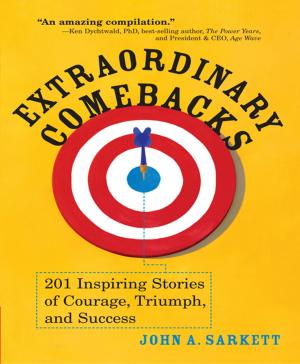Visual-Spatial Learners
Differentiation Strategies for Creating a Successful Classroom
Nonfiction, Reference & Language, Education & Teaching, Special Education, Gifted, Educational Theory| Author: | Alexandra Golon | ISBN: | 9781618216601 |
| Publisher: | Sourcebooks | Publication: | June 1, 2017 |
| Imprint: | Prufrock Press | Language: | English |
| Author: | Alexandra Golon |
| ISBN: | 9781618216601 |
| Publisher: | Sourcebooks |
| Publication: | June 1, 2017 |
| Imprint: | Prufrock Press |
| Language: | English |
Are you looking for ways to differentiate your instruction to meet the needs of gifted visual-spatial learners? You've found it in Visual-Spatial Learners: Differentiation Strategies for Creating a Successful Classroom (2nd ed.). Visual-spatial learners are students who show advanced abilities with computers, maps, construction toys, and puzzles. The techniques outlined within these pages help all learners succeed—regardless of preferred learning style. Based on the most current understanding of the brain's hemispheric functions, the author provides a number of strategies and lesson plan ideas to help make your classroom a successful learning environment for all learners. These strategies address preparing students to succeed on timed tests; easing the pain of handwriting; teaching spelling using imagery; incorporating mnemonics, rhyme, and other tricks that engage the right hemisphere of the brain; helping students stay focused and on track; getting—and keeping—students organized; and much more!
Are you looking for ways to differentiate your instruction to meet the needs of gifted visual-spatial learners? You've found it in Visual-Spatial Learners: Differentiation Strategies for Creating a Successful Classroom (2nd ed.). Visual-spatial learners are students who show advanced abilities with computers, maps, construction toys, and puzzles. The techniques outlined within these pages help all learners succeed—regardless of preferred learning style. Based on the most current understanding of the brain's hemispheric functions, the author provides a number of strategies and lesson plan ideas to help make your classroom a successful learning environment for all learners. These strategies address preparing students to succeed on timed tests; easing the pain of handwriting; teaching spelling using imagery; incorporating mnemonics, rhyme, and other tricks that engage the right hemisphere of the brain; helping students stay focused and on track; getting—and keeping—students organized; and much more!















